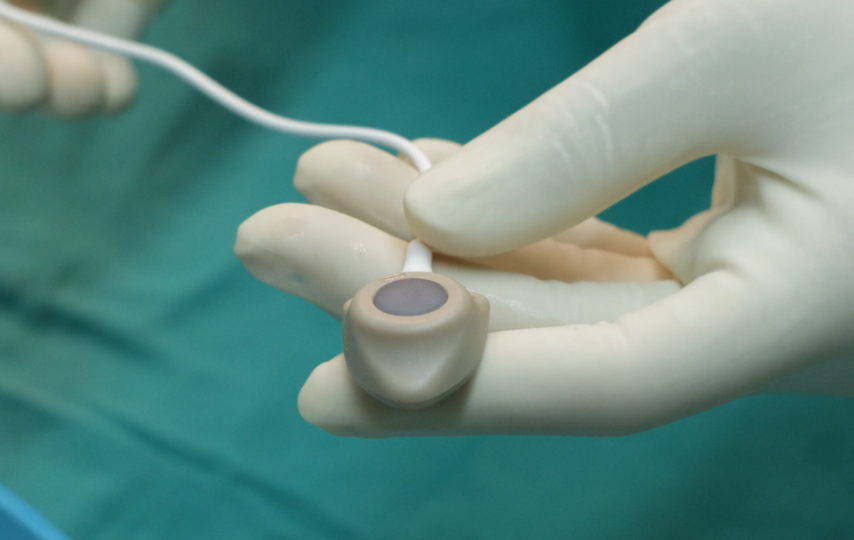In modern medicine, the introduction of medical devices has undoubtedly revolutionized patient care.
From pacemakers to insulin pumps, these innovations have enhanced the quality of life for countless individuals.
However, alongside these advancements come the sobering reality of potential complications and adverse effects.
One such instance is the case of Bard PowerPort devices, which have been associated with a range of health concerns, prompting patients and healthcare professionals alike to practice extreme caution and diligence.
Understanding Bard PowerPort Devices
Bard PowerPort devices, also known as implantable venous access systems, are commonly utilized in healthcare settings for patients requiring long-term intravenous therapies, such as chemotherapy, blood transfusions, or the administration of medications.
These devices are designed to provide reliable access to the bloodstream, facilitating treatment delivery while minimizing discomfort for the patient.
With their subcutaneous placement and durable construction, Bard PowerPort devices offer a convenient and efficient means of vascular access, reducing the need for repeated needle sticks and enhancing patient comfort during therapy.
Health Concerns Associated with Bard PowerPort Devices
Infections
One of the primary issues associated with Bard PowerPort devices is the occurrence of infections. Infections at the site of device implantation can lead to serious complications, including bloodstream infections (sepsis) and endocarditis, a potentially life-threatening infection of the heart’s inner lining or valves.
The risk of infection is particularly heightened during the initial implantation procedure and may persist throughout the device’s lifespan.
Strict adherence to sterile technique during device insertion and vigilant monitoring for signs of infection are essential measures for mitigating this risk and ensuring patient safety.
Mechanical Complications
Bard PowerPort devices have been linked to mechanical complications, such as catheter malposition, kinking, or migration.
These issues can impede proper device function, compromise treatment efficacy, and pose risks of vascular injury or thrombosis.
Catheter malposition, in particular, may result in the unintended delivery of medications or fluids into surrounding tissues, leading to tissue damage or irritation.
Regular imaging studies and clinical assessments are essential for detecting mechanical issues early and implementing appropriate interventions to prevent complications and optimize device performance.
Thrombotic Complications
Thrombotic complications represent another significant concern associated with Bard PowerPort devices.
Thrombosis, or the formation of blood clots within the device or surrounding veins, can obstruct blood flow, increase the risk of embolism, and compromise vascular access.
Patients with underlying conditions predisposing them to hypercoagulability, such as cancer or coagulation disorders, may be at heightened risk for thrombotic events.
Close monitoring of coagulation parameters, judicious use of anticoagulant therapy, and regular assessment of device patency are essential for minimizing the risk of thrombotic complications and preserving vascular access.
Impact on Patients
Beyond the physical consequences, the complications associated with Bard PowerPort devices can have profound psychological and emotional impacts on patients.
The burden of managing device-related issues, undergoing additional procedures, and coping with uncertainties regarding treatment outcomes can contribute to heightened anxiety, stress, and diminished quality of life.
Supportive care measures, including psychosocial support services and patient education initiatives, are essential for addressing these emotional challenges and promoting holistic well-being among patients receiving intravenous therapies.
Addressing Complications
In response to growing awareness of the complications associated with Bard PowerPort devices, efforts have been made to enhance device design, implantation techniques, and surveillance protocols to mitigate risks and improve patient outcomes.
Advancements in healthcare such as the development of antimicrobial-coated catheters, improved imaging modalities for precise catheter placement, and standardized infection prevention protocols aim to minimize the incidence of complications and optimize the safety and efficacy of vascular access devices.
Collaboration between healthcare providers, device manufacturers, and regulatory agencies is essential for fostering innovation and implementing evidence-based strategies to address the evolving challenges associated with intravenous therapy.
Bard PowerPort Lawsuit: Seeking Accountability and Redress
Alongside health worries linked to Bard PowerPort devices, there’s also a notable legal aspect surrounding them.
Over the years, reports of adverse events and complications have prompted patients and their families to seek accountability and redress through legal avenues.
The Bard PowerPort lawsuit stems from allegations of negligence, product defects, and failure to warn on the part of the manufacturer, C.R. Bard Inc., now a part of Becton, Dickinson and Company (BD).
Plaintiffs argue that the company knew or should have known about the risks associated with Bard PowerPort devices but failed to adequately warn healthcare providers and patients, resulting in preventable harm.
Plaintiffs in the Bard PowerPort lawsuit allege a range of harms and damages, including but not limited to physical injuries, medical expenses, and loss of consortium. The Bard PowerPort lawsuit is ongoing, with multiple cases consolidated into multidistrict litigation (MDL) for more efficient handling.
The outcome of the lawsuit remains to be seen, but it underscores the importance of transparency, accountability, and patient safety in the medical device industry.
If you or a family member has been affected by this, seeking legal help can be really beneficial. A legal professional can guide you through the process of submitting a claim and help you understand your rights and options for compensation.
It’s important to find a reputable lawyer or law firm with experience in handling Bard PowerPort claims, as they can provide valuable support and representation to ensure your interests are protected throughout the legal proceedings.
Conclusion
While Bard PowerPort devices serve as valuable tools for delivering essential medical therapies, they are not without inherent risks and complexities.
From infections and mechanical complications to thrombotic events and psychosocial challenges, navigating the landscape of device-related concerns requires a multifaceted approach encompassing vigilant surveillance, proactive management, and patient-centered care.
By addressing these challenges with diligence, empathy, and innovation, healthcare professionals can strive to optimize the safety, efficacy, and overall well-being of patients requiring vascular access devices.
While the outcome of the Bard PowerPort lawsuit remains to be seen, it serves as a reminder of the complex interplay between medical innovation, regulatory oversight, and patient advocacy.
By holding manufacturers accountable for product safety and efficacy, patients and their advocates play a crucial role in driving improvements in healthcare quality and patient outcomes.



